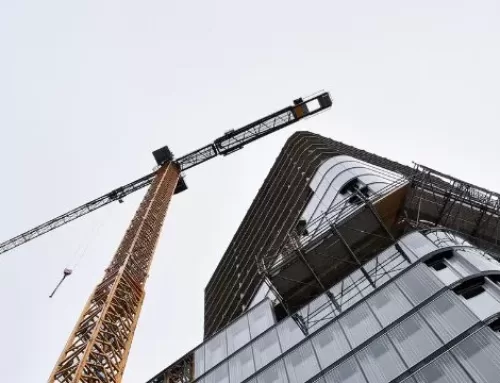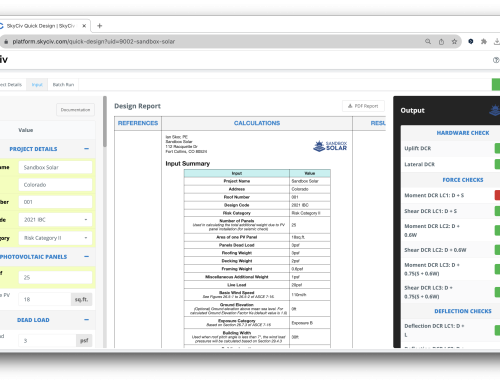Industry Impacts
It's important to note that structural engineering does not contribute to the entire 37% of these emissions. The design, and ultimately the construction process of a building represents 10% of the total real estate pie. This however is offset by non-building related construction. Roads, bridges, among other assets in the built environment account for an additional 10% of global CO2 emissions [1]. In total, a structural engineer has some influence over 20% of all global warming causing emissions. The Paris agreement, signed in 2015, aims to cut building emissions in half by 2030 while having all new buildings operate at net zero. However, as structural engineers we are more concerned with the 2050 goal which states, all new buildings must be net zero across the entire life-cycle, including embodied carbon. Embodied carbon is the carbon associated with manufacturing, transporting, assembling, and decommissioning building materials. In other words, what the structure engineer can control. While operating carbon (emissions produced by keeping a building running) is variable and you can continuously reduce it, embodied carbon is permanent. It's there once the structure is built. For a more in depth look at how we can eliminate embodied carbon in structural engineering by 2050, consider enrolling in SE2050. To achieve a net-zero target, we ultimately need to develop strategies to lower embodied carbon associated with construction efforts. While that is outside the scope of this article, be sure to keep an eye out for our future blog post titled "How Can We as Engineers Reduce the Impact of CO2 Emissions?". In the meantime, a good first step would be to understand how much embodied carbon your structure contains and where it comes from.Material Impacts
If we look at global emissions in terms of material, 21% are attributed to just 2 materials. Concrete at 11% and steel at 10% [2]. While 98% of structural steel and 72% of reinforcing bars are recycled, the main issue comes from the manufacturing process. Currently, every pound of steel manufactured emmits 1.85 pounds of CO2, which accounts for roughly 80% of steel based emissions [4]. While emission intensity is dropping due to reduced coke production from recycling efforts, the demand for steel is offsetting this as mining efforts are still high. The emissions produced by concrete can be attributed to our extreme dependence on it. Concrete is the second most used substance on earth, aside from water [5]. Furthermore, only 20% of concrete can be recycled into other structural products [5]. The demand for concrete, coupled with the energy intensive manufacturing process is what drives these massive emissions. The largest carbon contribution in the manufacturing process is clinker. Clinker is the precursor to cement, a main component in concrete. To make clinker, limestone is heated to a very high temperature in a kiln. While this causes a chemical reaction that emits CO2 as a byproduct, the energy required to heat the kiln produces additional CO2. Before we tackle a problem, we first need to be aware that there is a problem. While these numbers are eye opening, they are not permanent. There is a feasible strategy, additional benefit, and hope to eliminate embodied carbon from the construction process. Make sure you check out our upcoming article "How Can We as Engineers Reduce the Impact of CO2 Emissions?" on effective strategies on how to do so.Sources
[1] "2021 Global Status Report for Building and Construction" Global Alliance for Buildings and Construction [2] "Why The Building Sector?" architecture2030, https://architecture2030.org/why-the-building-sector/ [3] "Why Steel? - Sustainability" AISC, https://www.aisc.org/why-steel/sustainability/#29351 [4] "Decarbonization challenge for steel" McKinsey, https://www.mckinsey.com/industries/metals-and-mining/our-insights/decarbonization-challenge-for-steel [5] "The Cement Sustainability Initiative" World Business Council for Sustainable Development
Marco Cesco
Computational Engineer
BEng (Civil), BSc (Applied Mathematics)
LinkedIn
Computational Engineer
BEng (Civil), BSc (Applied Mathematics)






